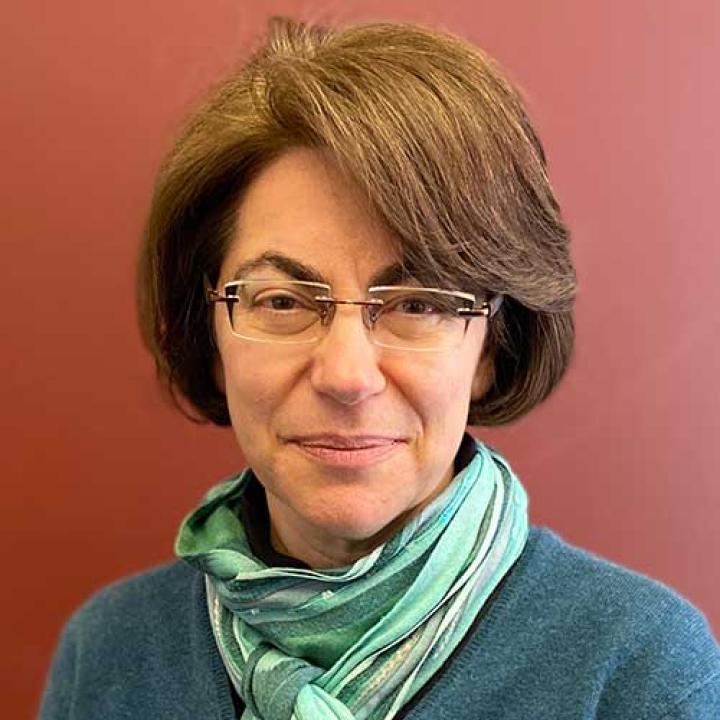Russia’s war in Ukraine has raised the specter of a nuclear incident in Europe. Two disastrous scenarios could result from Russian attacks on Ukraine.
First, Russian attacks on nuclear power plants could have devastating consequences.
Ukraine has five nuclear power plants, including the decommissioned Chernobyl complex that was destroyed by an accident in 1986 and now occupied by the Russians early in the invasion. The Zaporizhzhia plant, which was on fire last week, is the largest nuclear power plant in Europe.
Authorities in Ukraine said Friday that Russian forces shelled the Zaporizhzhia plant, hitting one of the six reactors and setting an administrative building on fire. No radioactive material was released. The Ukrainian managers of the power plant are still on the job, but the plant is occupied by Russian military forces, and the specialists could be under duress.
Nuclear Plants Provide Half of Ukraine’s Electricity
Russia attacks Ukraine’s Zaporizhzhia nuclear power plant March 3, 2022. Ukraine's regional military administration said there was damage to the compartment of reactor No. 1 at the plant in the city of Enerhodar, but it does not affect the safety of the power unit, adding that operational personnel are ensuring its safety.
In the words of Rafael Grossi, director general of the International Atomic Energy Agency (IAEA), “Ukraine’s nuclear power plants are operating normally (but) there is nothing normal about the circumstances under which the professionals at Ukraine’s four nuclear power plants are managing to keep the reactors that produce half of Ukraine’s electricity working.”
Nuclear reactors like the ones in Ukraine have thick concrete domes that can protect them from artillery fire, but other parts of the power plants pose additional risks. Spent – but still radioactive – fuel rods are kept cool in ponds that are more vulnerable to shelling.
The greater danger is not that the plant or the pond will be hit by artillery. It is that electricity to the plant is cut and the pumps can no longer circulate water to cool the nuclear fuel rods. If backup diesel generators fail or run out of fuel, the resulting meltdown could rival what happened at Japan’s Fukushima plant in 2011.
On Wednesday, Ukrainian officials said the power had been disconnected at the Chernobyl site, but the IAEA said there was “no critical impact on safety.”
How Many Tactical Nuclear Weapons Does Russia Have?
The second dangerous scenario is that Russia will use tactical nuclear weapons on the battlefield.
Unlike long-range strategic nuclear weapons designed to destroy cities, tactical nuclear weapons are meant to press military advantage on the battlefield. The Soviet Union had about 20,000 such weapons as a way of compensating for conventional forces that were weaker than those of the United States and NATO. Estimates vary for how many “nonstrategic” weapons are now in Russia’s arsenal; it may be up to a quarter of what the USSR had before its fall.
Russian (and U.S.) military doctrine includes a principle referred to as “escalate to de-escalate.” Analysts disagree on whether this implies that Russia would consider using nuclear weapons if it were losing on the battlefield.
Provision 27 of Russian Military Doctrine states that nuclear weapons would be used if the existence of the Russian state “and/or its allies” were threatened.
Putin has been noisily rattling his nuclear saber to remind the world that he has plenty of dangerous weapons in his arsenal. On Feb. 27, he ordered Russia’s nuclear forces to be put on “special regime of combat duty,” a status that seemed intended to remind the West of Russia’s nuclear weapons rather than signal a readiness to use them. The Biden administration deliberately avoided raising U.S. readiness levels to DEFCON 3 to avoid further escalation.
Will Putin Escalate to Nuclear War?
We do not know whether Putin will allow continued shelling of nuclear power plants or the use of tactical nuclear weapons in Ukraine. We do know that we cannot rule this out.
NATO may be prepared to argue that radiation drifting across international borders would constitute an attack on NATO countries, thereby triggering Article 5 and NATO entry into the war. If this is NATO’s stance, it must be clearly and repeatedly communicated to Russia. Failure to do so might lower the perceived costs of such a move for the Russians and increase the likelihood of it happening.
Many are now nervously pondering an apocryphal anecdote from Putin’s memoirs. As a kid, he and his friends enjoyed chasing rats with sticks: “Once I spotted a huge rat and pursued it down the hall until I drove it into a corner. It had nowhere to run. Suddenly it lashed around and threw itself at me.” The lesson, he emphasized, was that a cornered rat could lash out unexpectedly and viciously.
As we seek to avoid World War III, we must remember that Putin will use his own definitions of what constitutes escalation and direct NATO intervention in the war. Putin cited “aggressive statements” by NATO countries and financial sanctions when raising Russian military readiness levels. He might decide that supplying more weapons to Ukraine constitutes escalation by NATO and respond more aggressively.
In the words of Fiona Hill, former senior director for European and Russian affairs on the National Security Council, “Every time you think, ‘No, he wouldn’t, would he?’ Well, yes, he would. And he wants us to know that, of course.”
This piece originally appeared in USA TODAY on March 10, 2022.






